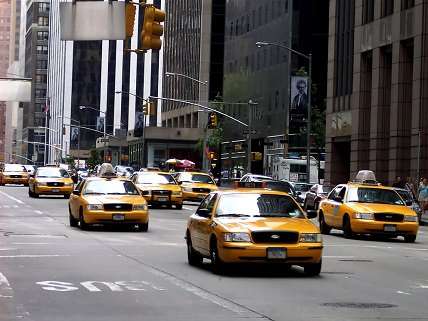Steve Chapman: Uber and the Flimsy Case for Regulation

If you've ever stood on a cold street late at night wishing desperately and hopelessly for a cab, Uber is the answer to your prayers. Its pricing model, which includes higher fares at times when demand peaks, is designed to make sure you get a ride whenever you need it.
But instead of seeing this option as heaven-sent, some riders damn the company as Satan's spawn. On New Year's Eve, Uber boosted its New York City fares nearly eightfold to ensure the supply of drivers needed to meet high demand. Some partygoers accepted the offer rather than take the subway, wave forlornly at occupied cabs or stagger home.
"The public safety is at risk," said Illinois state Rep. Mike Zalewski, sponsor of a bill to impose statewide restrictions. "It makes sense to have a basic set of bottom-line regulations."
Does it really? The ride-sharing companies are creating a new market, which inevitably brings mistakes and failures on the way. But the only reason for their existence is the welfare of their customers. If they damage that, they endanger their own survival, writes Steve Chapman.